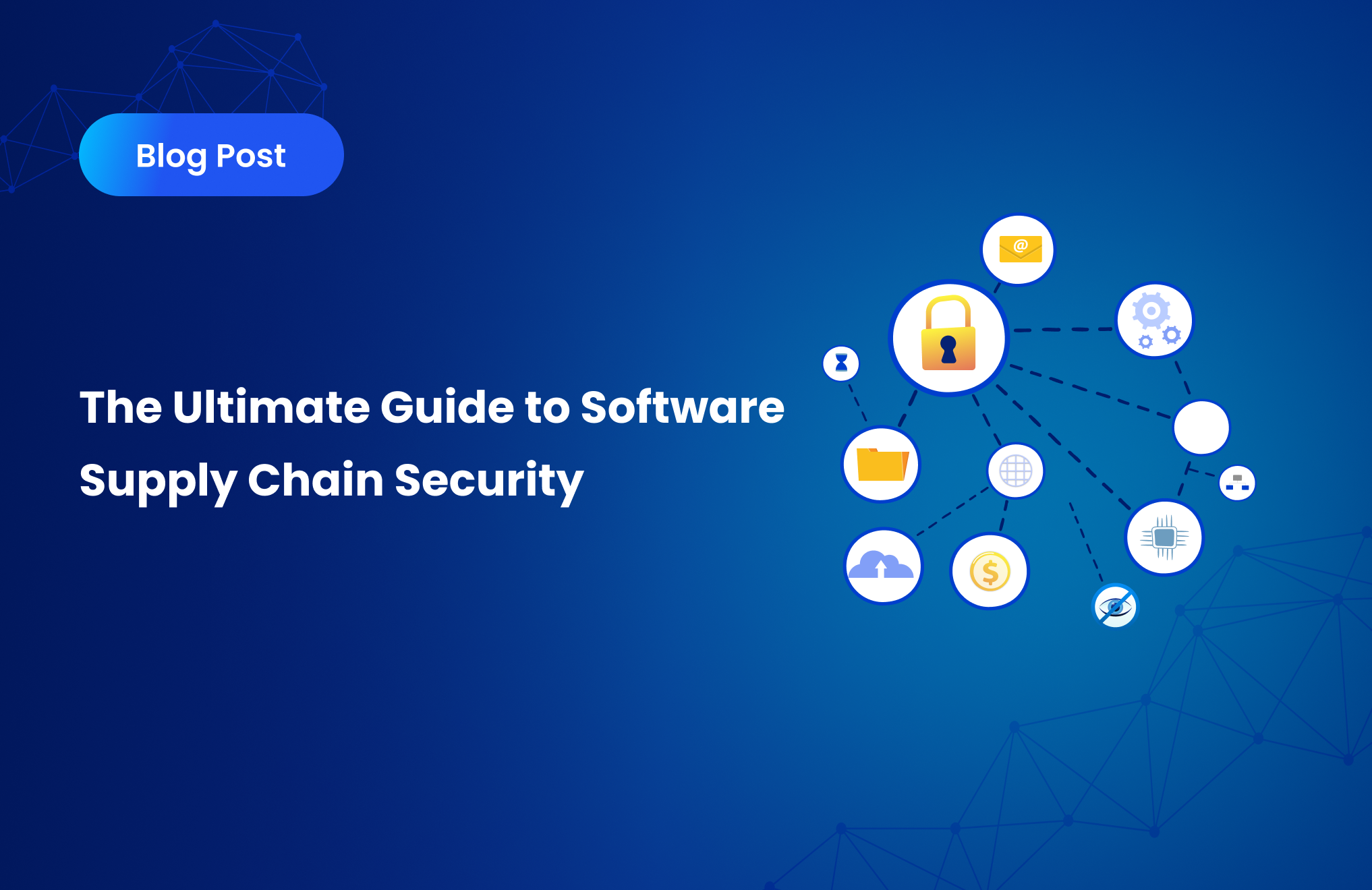Key Threats and Risks in the Internet of Things (IoT) Landscape

The Internet of Things (IoT), an intricate web of interconnected devices, applications, and systems, is a fascinating facet of our evolving digital reality. It weaves together everything from personal smartphones and autonomous vehicles to medical devices and advanced business software. The vastness and complexity of this network introduce not just innovative capabilities, but also serious security concerns.
Demystifying the IoT
Envisioned as a vast digital web, the IoT is a space where 'things' interact, talk, and exchange data with each other. These 'things' cover a wide spectrum, from a minute thumb drive to a massive driverless truck, all communicating without any human input. This expansive and seamless network, as exciting as it may sound, carries grave implications for information security.
The Criticality of IoT Security
The rise of smart devices and the sensitive information they carry underline the essential role of IoT security. A single loophole in an IoT device can trigger data leaks and major disruptions, leading to massive financial repercussions. Moreover, there are legal implications to consider, as cybersecurity regulations mandate the protection of data within these devices.
The IoT Attack Landscape
The attack surface of the IoT comprises all potential vulnerabilities within an organization's network. This includes weak points not just within the endpoint devices but also within the software and hardware components. Even though each IoT device is equipped with security features, the very nature of their interconnectivity presents hackers with a wider field of vulnerabilities.
Now, let's dig deeper into the various elements of the IoT attack landscape:
- Devices: Devices are often the weakest link, with vulnerabilities residing in their memory systems, web interfaces, network services, and firmware. Hackers can leverage these vulnerabilities, particularly in devices with out-of-date parts or insecure default configurations.
- Communication Channels: The channels connecting IoT devices are often the source of attacks, leading to serious security breaches such as spoofing and Denial-of-Service (DoS) attacks, which could destabilize the network.
- Applications and Software: Applications and software form another part of the IoT attack landscape. Many fail to adequately secure sensitive data, opening a Pandora's box of risks ranging from identity theft and credit card fraud to exposure of confidential information.
The Top 10 IoT Threats and Risks
- Absence of Physical Hardening: Physical hardening is about protecting devices from physical attacks. Since IoT devices are often deployed in remote or publicly accessible locations, they may be susceptible to physical tampering. For instance, an intruder might be able to access an unguarded surveillance camera, remove its memory card, and gain valuable network information for future remote attacks.
- Unsecured Data Storage and Transfer: In the IoT landscape, data constantly moves between devices and storage systems. However, if this data isn't properly secured during transfer or storage, it's vulnerable to interception or unauthorized access. A hacker might, for example, intercept unencrypted data transmitted from a smart home device to a cloud server, leading to potential privacy breaches or identity theft.
- Poor Device Visibility and Management: Not all IoT devices are continuously monitored or efficiently managed. This oversight can lead to undetected breaches or slow responses to threats. For instance, an unmanaged IoT-enabled pacemaker could be tampered with, endangering the life of the patient.
- Botnets: Botnets are networks of infected devices controlled by a hacker. They can be used to launch widespread attacks, such as a Denial-of-Service (DoS) attack. A notorious example is the Mirai botnet, which in 2016 hijacked a vast number of IoT devices to launch one of the largest recorded DDoS attacks, significantly disrupting internet service across the US and Europe.
- Inadequate Password Protection: Weak or default passwords provide an easy route for cybercriminals to access IoT devices. For instance, an employee using a weak password on their work tablet could inadvertently expose the entire corporate network to cyber-attacks.
- Insecure Ecosystem Interfaces: IoT devices often communicate through Application Programming Interfaces (APIs). If these interfaces are not secure, they can be exploited to gain unauthorized access to data or services. An attacker, for example, could exploit vulnerabilities in an API to gain control over a smart home's security system, unlocking doors and disabling alarms.
- AI-enabled Attacks: With the advent of AI, cybercriminals now have tools that can automate and accelerate cyber-attacks. For instance, they could deploy AI-powered phishing tools that can learn from their environment, mimic human behavior, and convincingly impersonate trusted contacts to trick users into revealing sensitive information.
- Expanded Attack Surface: The more devices are connected to a network, the more potential entry points exist for hackers. For instance, a company adopting a BYOD (Bring Your Own Device) policy may unwittingly increase its vulnerability to attacks if these personal devices are not adequately secured.
- Malware and Ransomware: Malware can infiltrate IoT devices and disrupt their function, while ransomware can lock users out until a ransom is paid. The 2017 WannaCry ransomware attack demonstrated this risk, spreading across networks and causing extensive damage.
- Advanced Persistent Threats (APTs): APTs are long-term attacks that stealthily siphon off data over extended periods. For instance, a hacker could infiltrate an IoT network undetected and continuously exfiltrate sensitive data from connected devices, potentially leading to significant data loss and reputational damage.
In conclusion, while the IoT revolution offers tremendous potential, it also comes with an array of risks. Understanding these threats and implementing robust security measures are crucial steps in harnessing the power of the IoT while safeguarding against its inherent dangers. Whether it involves securing data transfer and storage, improving device management, or strengthening password policies, proactive measures can greatly mitigate the risk of a cyber-attack.



.svg)
.svg)
.svg)
.svg)



.svg)
.svg)
.svg)
.svg)
.svg)
.svg)
.svg)
.svg)



